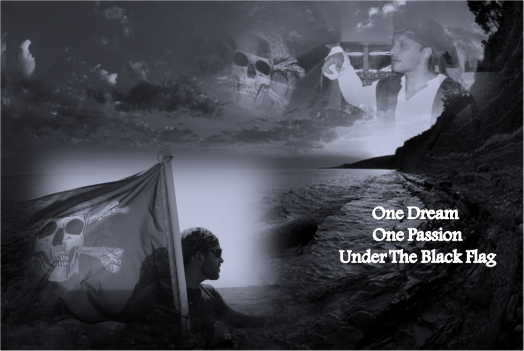
During the Dutch Revolt (1568 - 1648) the Dunkirkers or Dunkirk Privateers were privateers in the service of the Spanish Empire operating from the ports of the Flemish coast: Nieuwpoort, Ostend, and in particular Dunkirk.
Dunkirk was in the hands of the Dutch rebels from 1577 until 1583, when Alexander Farnese, Duke of Parma, re-established the sovereignty of Philip II of Spain as count of Flanders. Dunkirk was, at the time, an important, strategically positioned town, its approaches shielded by sandbanks, and it did not take long before the Habsburg authorities in the Low Countries began issuing letters of Marque. The aim was to destroy Dutch naval trade and fisheries. Despite a near constant blocking of the port of Dunkirk by Dutch warships, the privateers often managed to evade the blockade and inflict damage on Dutch shipping. The Dutch responded by declaring the Dunkirk privateers pirates in 1587; captains of Dutch naval vessels had to swear an oath that they would throw or beat all prisoners from Dunkirk warships into the sea. This harsh standing order was very unpopular with Dutch crews, however, as Dunkirkers were also Netherlanders. It was often evaded by putting Dunkirk seamen off on one of the many shallow shoals off the Flemish coast from which they could wade to dry land.
The Dunkirkers had an extremely wide range for their era. Although mainly operating in and around the Channel, they also sailed near the Danish and German coastal areas to intercept Dutch ships returning from the Baltic, and operated in Spanish and Mediterranean waters. They cooperated closely with the Spanish navy, e.g. in the Battle of the Downs. To evade the Dutch navy the Dunkirk admiralty had a special type of small and very manoeuvrable warship constructed, the frigate, which would be adopted by other navies soon after.
In 1600 the Dutch sent an army to conquer the city of Dunkirk and stop the privateering once and for all. The Dutch invasion force clashed with a Spanish army and although the Dutch won the resulting Battle of Nieuwpoort the Dutch commander, stadtholder Maurits of Nassau, decided to turn back to the Republic.
After 1621, when the Twelve Years' Truce ended, the Dunkirkers became a real plague for Dutch shipping, capturing on average 229 merchantmen and fishing vessels per year. During this period they took about sixty British vessels each year, as neutral shipping carrying munitions and victuals to the enemy were also considered 'good prize'. This was one of the major concerns of Charles I of England's diplomatic representative in Brussels, Sir Balthasar Gerbier, who eventually managed to have tobacco taken off the list of 'victuals'. One of the most successful raiders of this period was Jacob Collaert. It was not until October 1646, when the French captured Dunkirk with Dutch naval support, that the privateers were no longer a threat.
However, when after 1672 France and the Dutch Republic became enemies, privateering activities were resumed and would last intermittently until 1712. A famous Dunkirk privateer from this period was Jean Bart.
Τρίτη 17 Νοεμβρίου 2009
Dunkirk Privateers
Posted by Under The Black Flag on 12:47 μ.μ.








0 σχόλια:
Δημοσίευση σχολίου